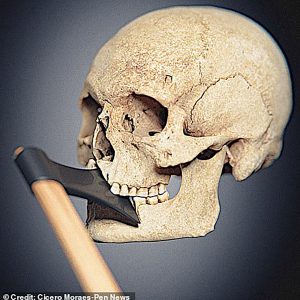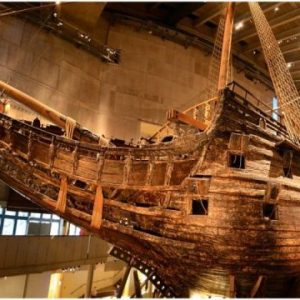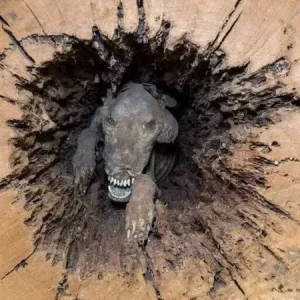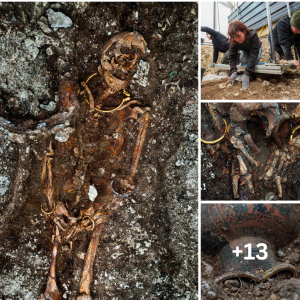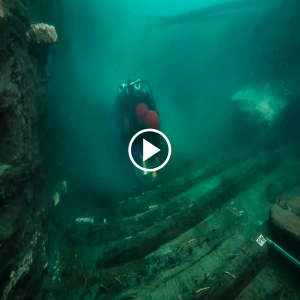Scientists have used state-of-the-art imaging techniques to examine the cracks, fractures and breaks in the bones of a 150 million-year-old predatory dinosaur.The University of Manchester researchers say their groundbreaking work – using synchrotron-imaging techniques – sheds new light, literally, on the healing process that took place when these magnificent animals were still alive.
The research, published in the Royal Society journal Interface, took advantage of the fact that dinosaur bones occasionally preserve evidence of trauma, sickness and the subsequent signs of healing.

Diagnosis of such fossils used to rely on the grizzly inspection of gnarled bones and healed fractures, often entailing slicing through a fossil to reveal its cloying secrets. But the synchrotron-based imaging, which uses light brighter than 10 billion Suns, meant the team could tease out the chemical ghosts lurking within the preserved dinosaur bones.
The impact of massive trauma, they discovered, seemed to be shrugged off by many predatory dinosaurs – fossil bones often showed a multitude of grizzly healed injuries, most of which would prove fatal to humans if not medically treated.Dr Phil Manning, one of the paper’s authors based in Manchester’s School of Earth, Atmospheric and Environmental Sciences, said: “Using synchrotron imaging, we were able to detect astoundingly dilute traces of chemical signatures that reveal not only the difference between normal and healed bone, but also how the damaged bone healed.
“It seems dinosaurs evolved a splendid suite of defence mechanisms to help regulate the healing and repair of injuries. The ability to diagnose such processes some 150 million years later might well shed new light on how we can use Jurassic chemistry in the 21st Century.”

He continued: “The chemistry of life leaves clues throughout our bodies in the course of our lives that can help us diagnose, treat and heal a multitude of modern-day ailments. It’s remarkable that the very same chemistry that initiates the healing of bone in humans also seems to have followed a similar pathway in dinosaurs.”

Co-author Jennifer Anné said: “Bone does not form scar tissue, like a scratch to your skin, so the body has to completely reform new bone following the same stages that occurred as the skeleton grew in the first place. This means we are able to tease out the chemistry of bone development through such pathological studies.“It’s exciting to realise how little we know about bone, even after hundreds of years of research. The fact that information on how our own skeleton works can be explored using a 150-million-year-old dinosaur just shows how interlaced science can be.”
Professor Roy Wogelius, another co-author from The University of Manchester, added: “It is a fine line when diagnosing which part of the fossil was emplaced after burial and what was original chemistry to the organism. It is only through the precise measurements that we undertake at the Diamond Synchrotron Lightsource in the UK and the Stanford Synchrotron Lightsource in the US that we were able to make such judgments.”
